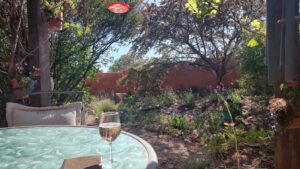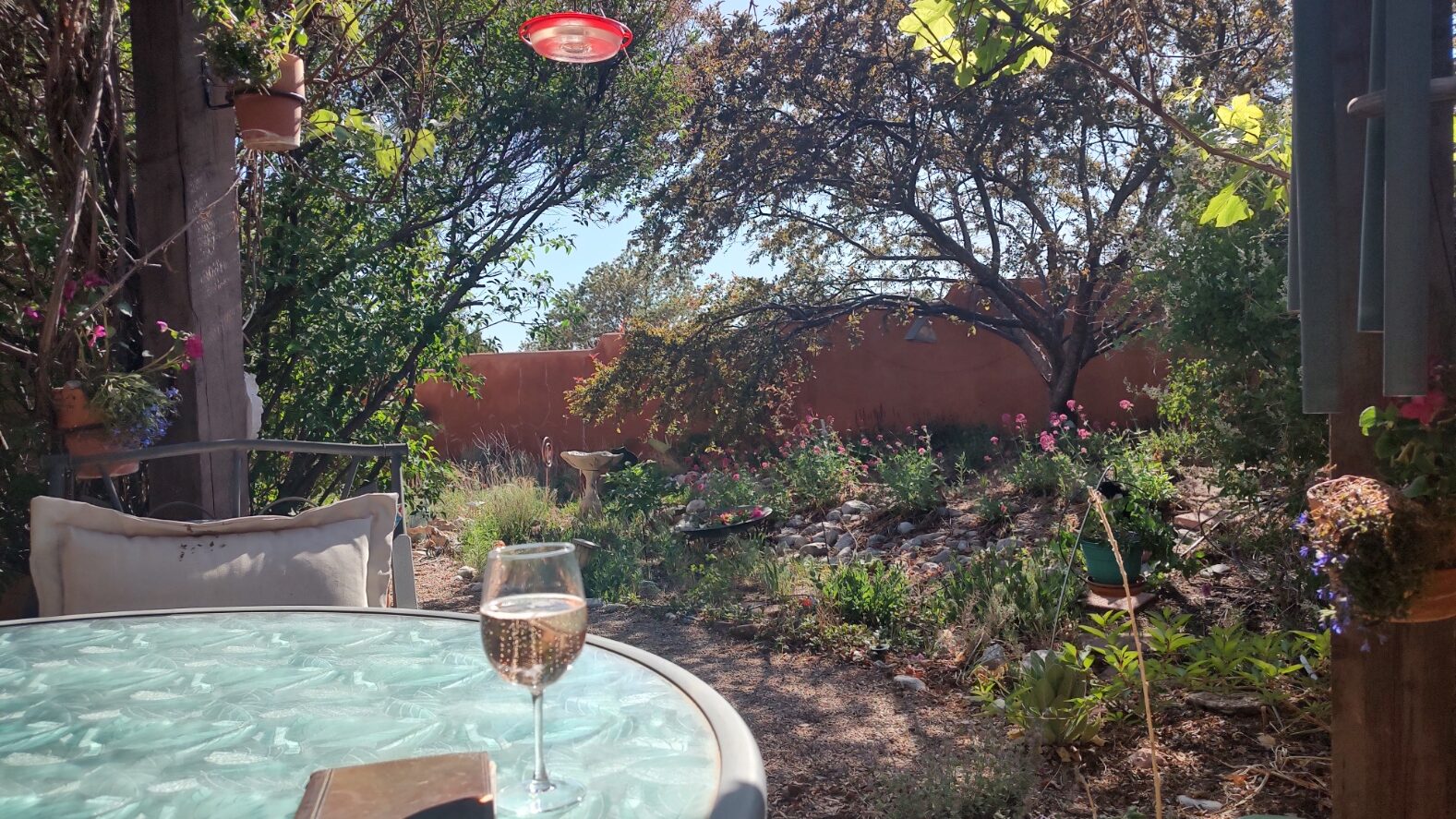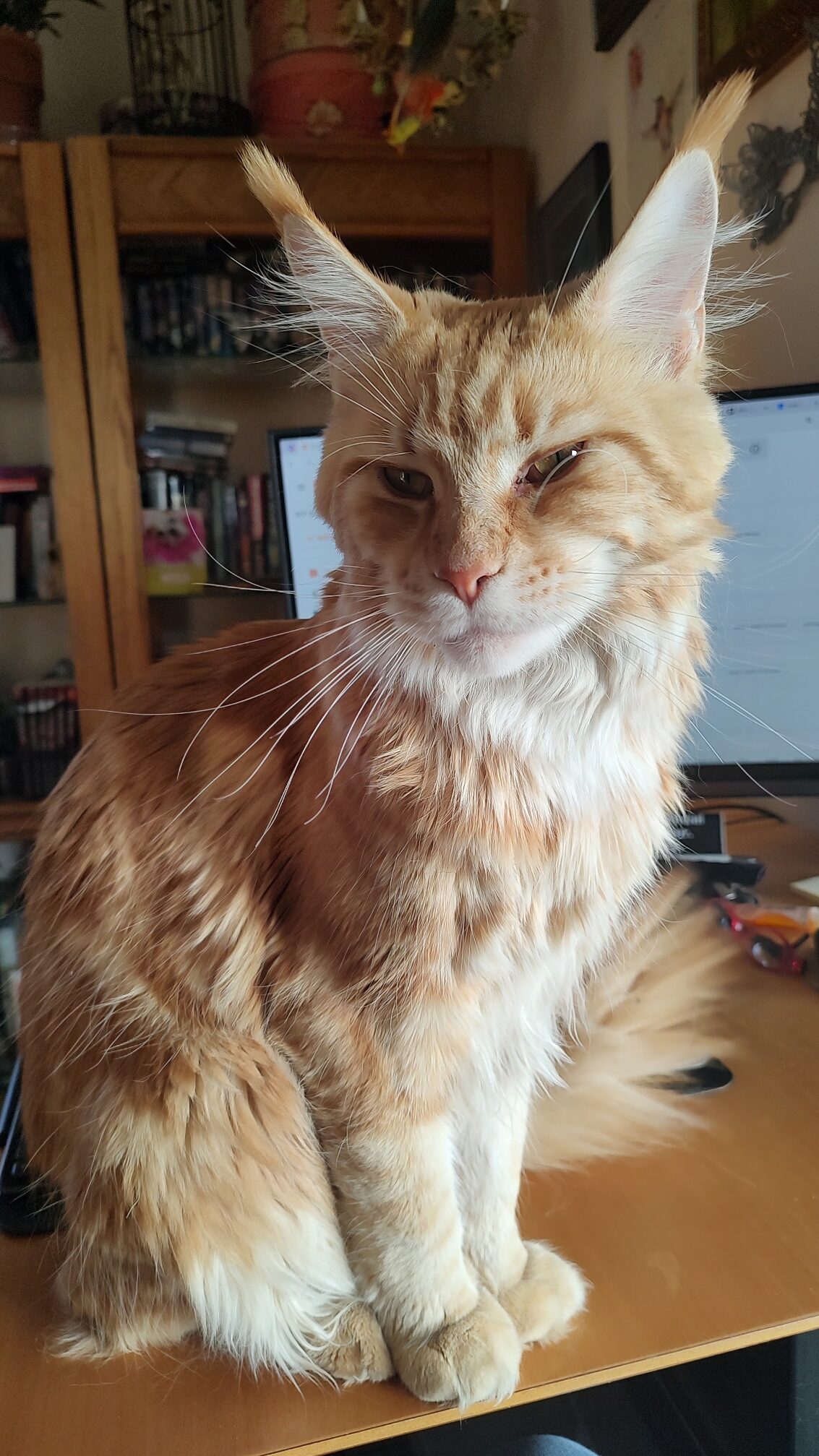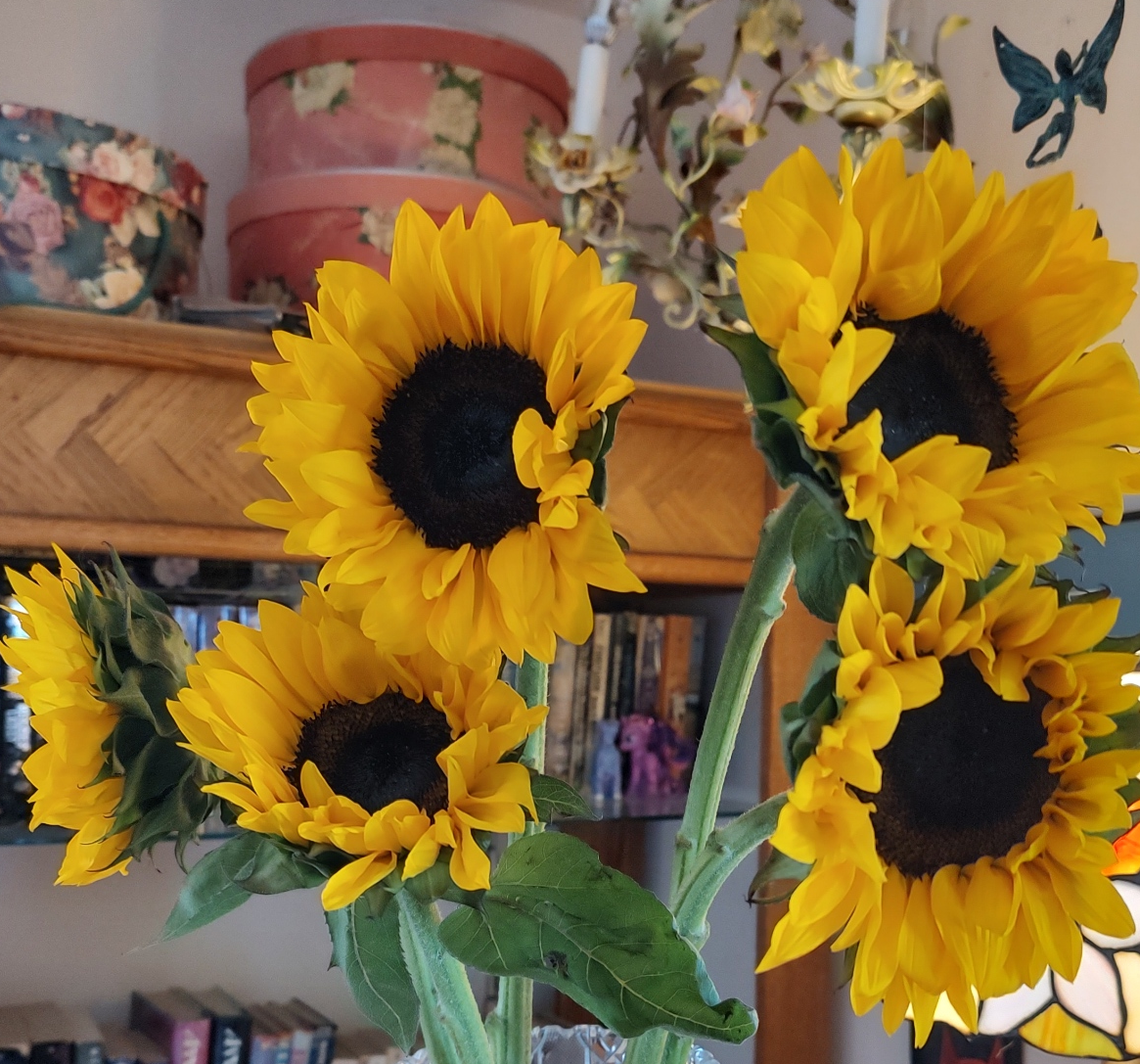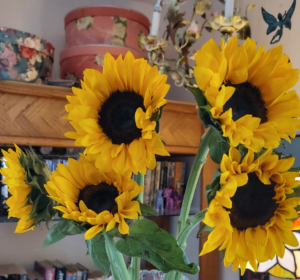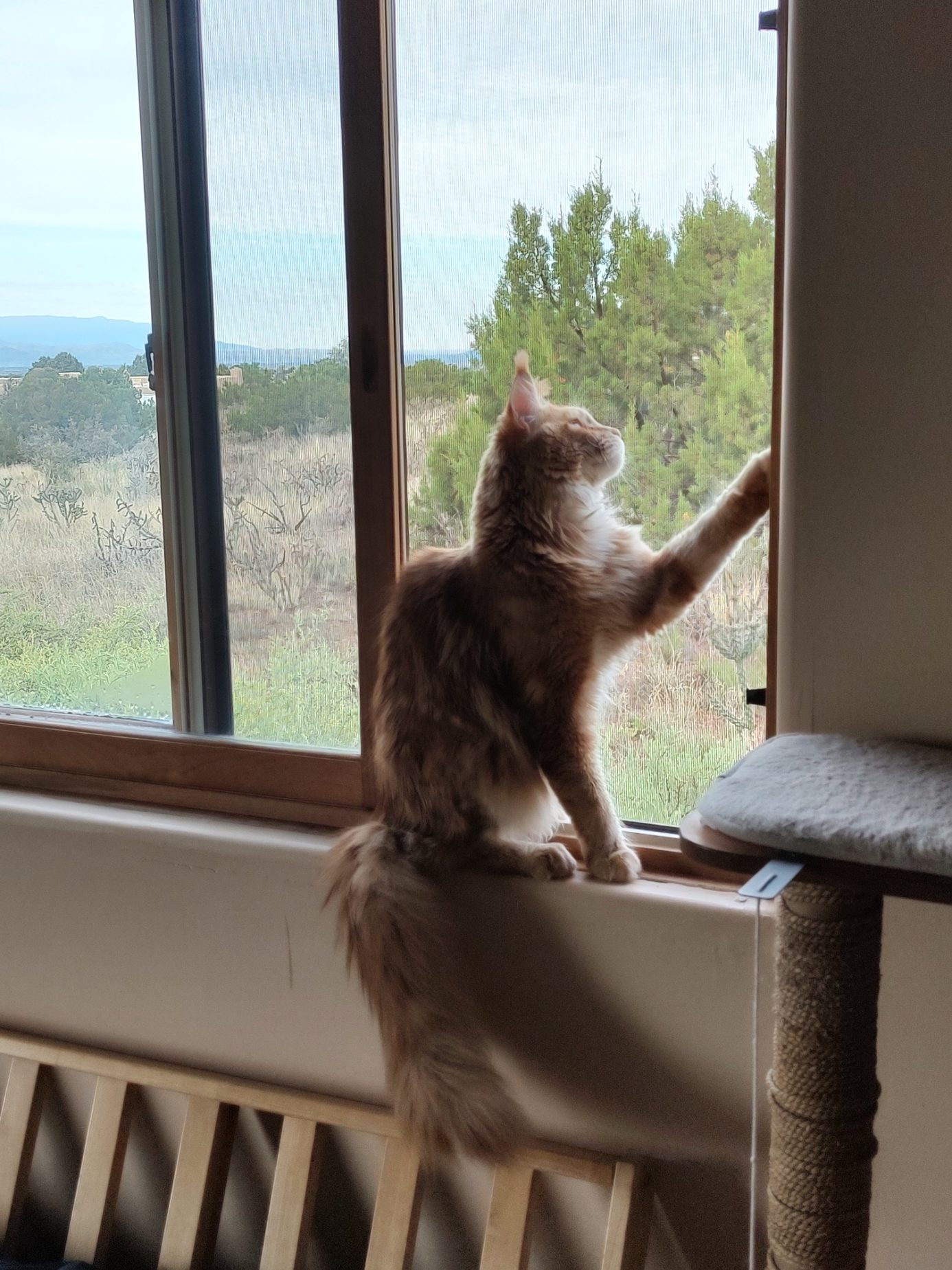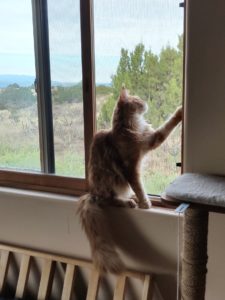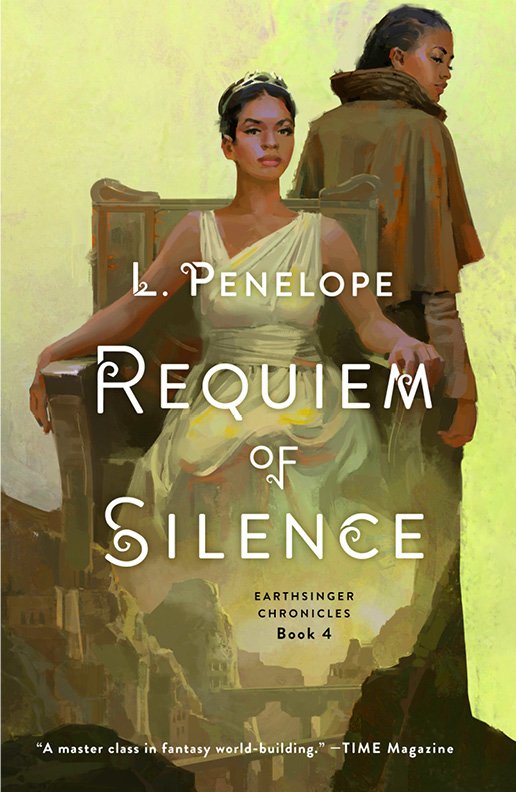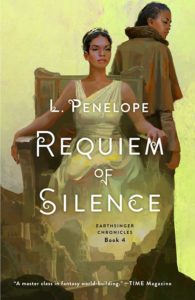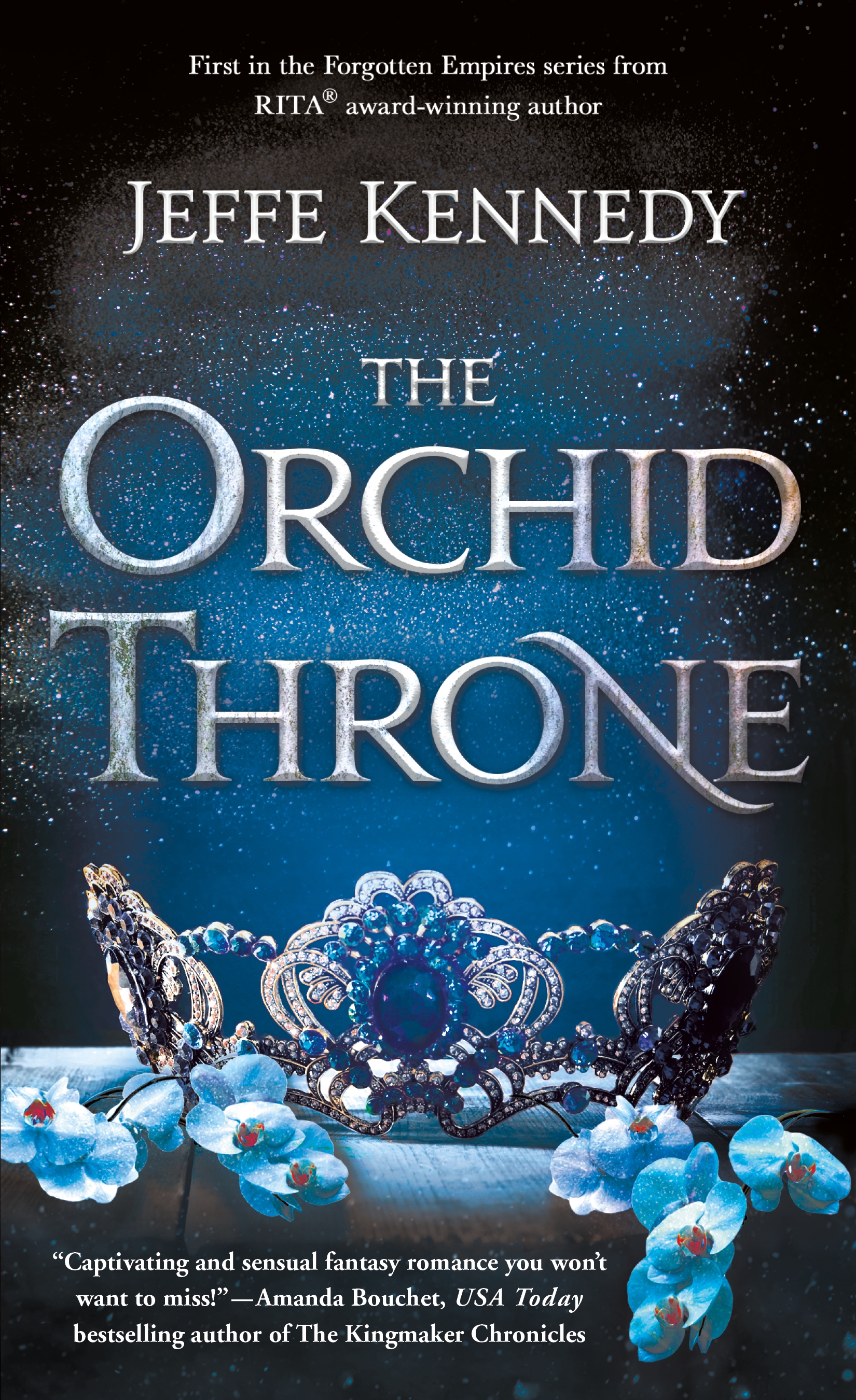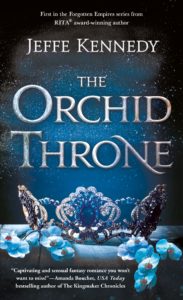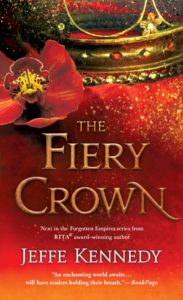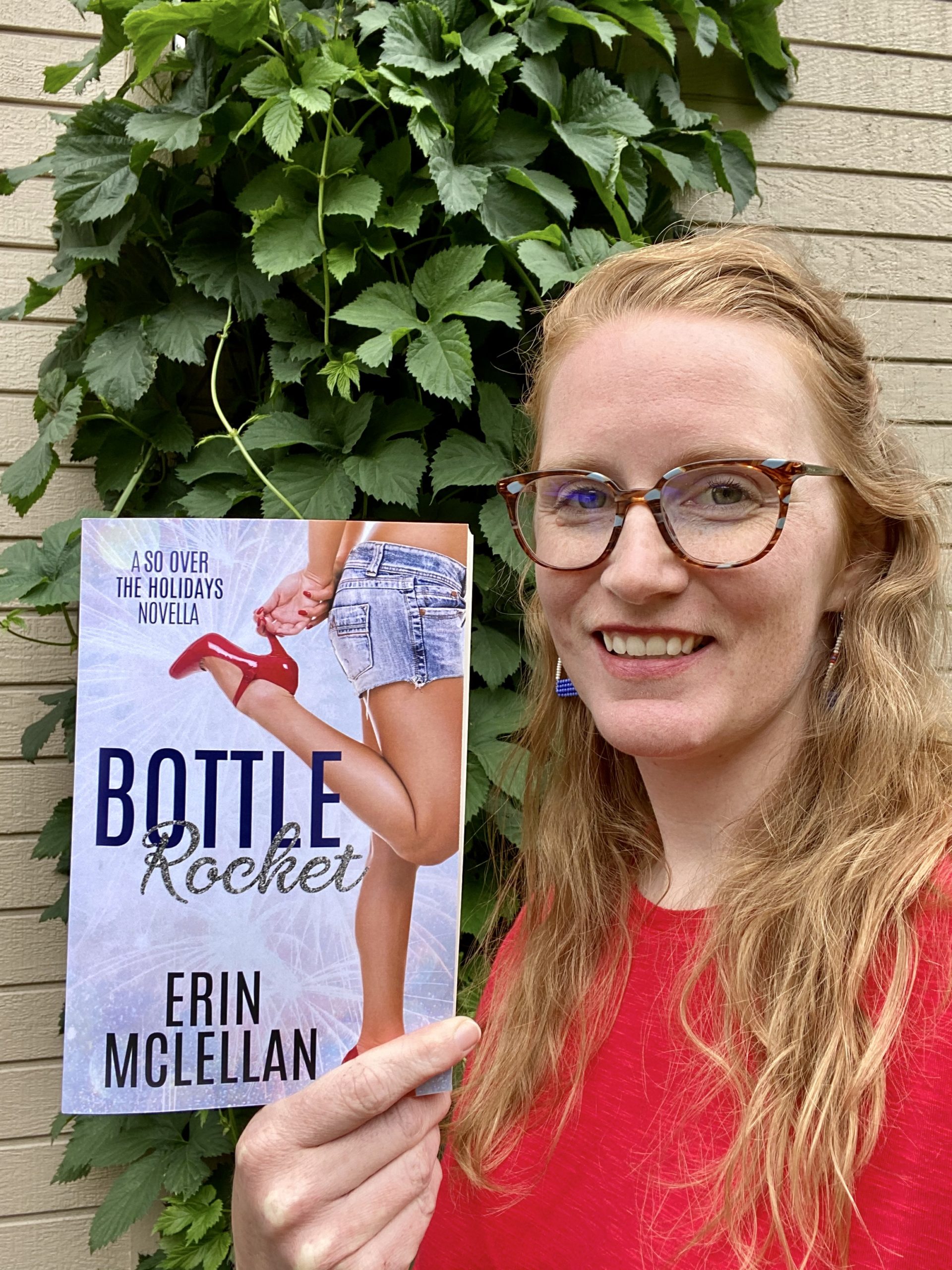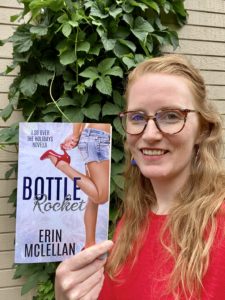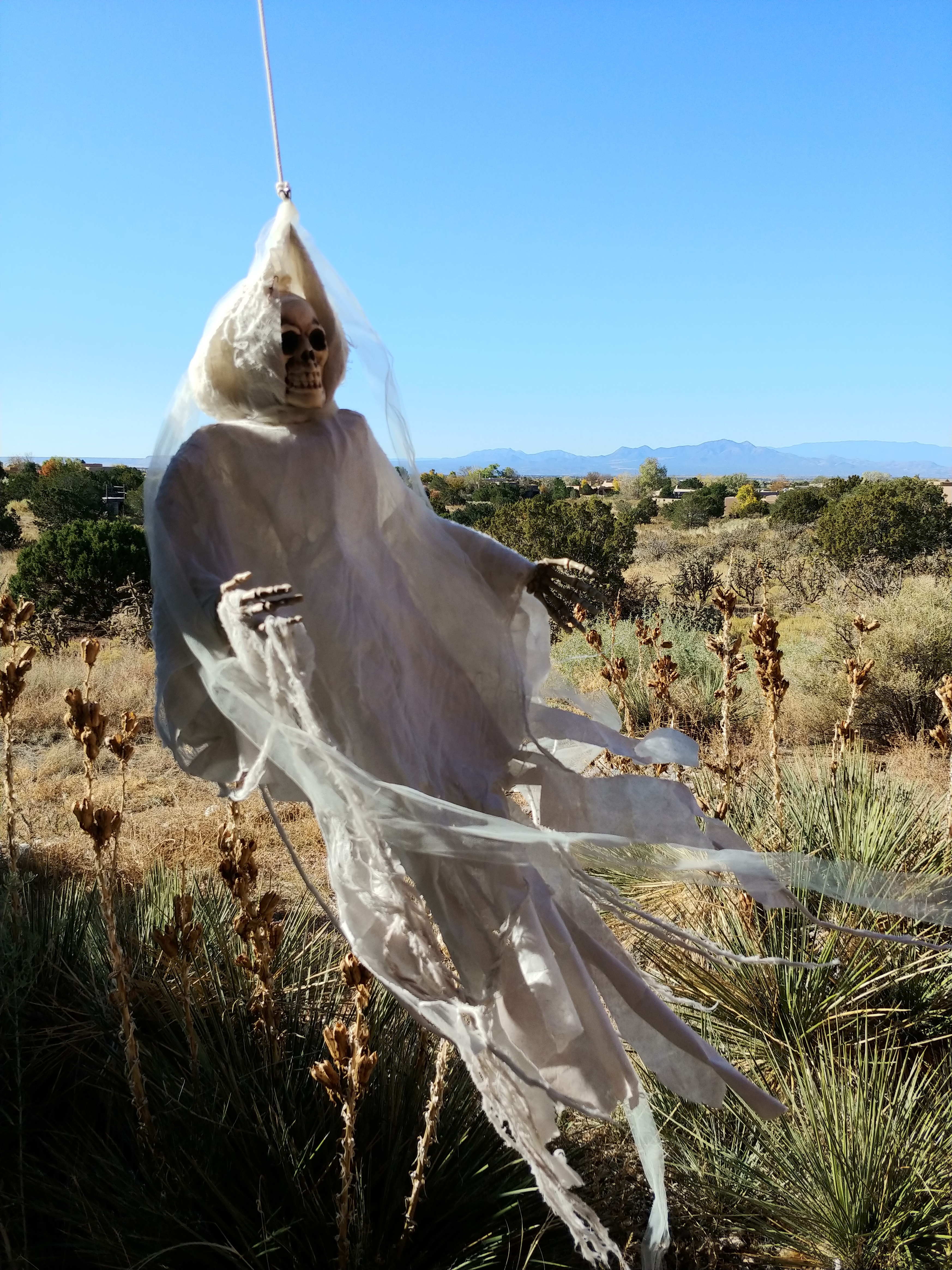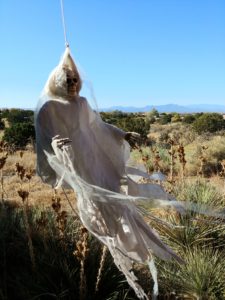
I put up my Halloween decorations yesterday – and brought in the hummingbird feeders at the same time. That felt like a symmetrical seasonal changeover, all happening in the due course of the seasons.
So, on Monday, in a fit of frustrated eye-rolling, I fired off this tweet:
To my vast surprise, this tweet has received SO MANY likes and responses. Clearly I wasn’t the only one feeling this frustration. Quite a few people wrote back about feeling the pressure to learn to pre-plot. I’ve felt it, too. There’s a strong opinion in the writing community – and maybe in the world at large – that outlining and pre-plotting is the best way to write. That it’s faster, more organized, requires less revision later.
The thing is: it’s just not true.
I mean, sure for some people, that process works. It’s certainly the one we’re taught in school (for the most part). But I was the student who hated trying to write an outline before I wrote the paper. I tried, but it was agonizing. Finally I figured out to just write the paper, then make an outline from it, and turn that in. If the teacher or professor had comments or tweaks (which almost never happened), I could add them in. Though those were the days before word processing, so I’d have to retype the paper. STILL, doing it that way was faster for me, and produced better work.
This is key: we must find what works for each of us individually and honor that process. Those people who insist that we not only CAN learn a “better” way, but *should* – and I can vouch that a few people popped into my timeline to say things like “No offense, but you have to learn this if you want to sell books” – are not being helpful. (Also, I really think that if you feel compelled to start a reply with “No offense, but…” or “Honestly…” then maybe you’re not engaging in a positive way.)
But “Pantsing” – derived from the phrase “fly by the seat of your pants,” and not my favorite descriptor by a long shot – is a way to access creative flow. I prefer to call it Writing for Discovery or Gardening. (I talked about this more on yesterday’s podcast, but for those who don’t listen, I’m reiterating a bit here.) For me, getting into the trance of writing opens up portals to other places, and the story flows in from there. “Gardening” is an analogy with a similar feel, where the beginning of the story is all planting seeds, the middle is nourishing the garden, and the ending is when it blossoms – and you discover what you’ve got.
Writing this way is absolutely an act of faith. It requires giving up conscious control of the story, which feels most uncomfortable to many people. It’s really the opposite of the academically taught methods, which focus on a cerebral approach. Sure, I get that many of my author friends access creative and subconscious flow in pre-plotting a story and writing the outline. Sadly, those conscious brain activities open no portals for me.
Several responders made the point that perhaps more pre-plotting and story-planning classes are taught because those methods *are* eminently more teachable. Which is a super valid point. In some ways, teaching someone to give up control and leap into the creative flow is nearly impossible. It’s so individual.
BUT, I think we can teach that this is an absolutely viable – and magical – way to access stories. We can make it clear that many, many authors who sell books (myself included) write this way. And we can talk about ways to open those portals, and how to keep them open. Also: not to panic.
So, I think I’m going to try this. I’m seeing about setting up a class. I’m also considering podcasting daily during NaNoWriMo with tips on pantsing your way through the month-long challenge. (There is, apparently, a podcast version called NaPodPoMo.) I’m also considering getting the author coaching set up and providing personalized support for writers during NaNoWriMo. If any of these ideas sound good to you, please let me know!
